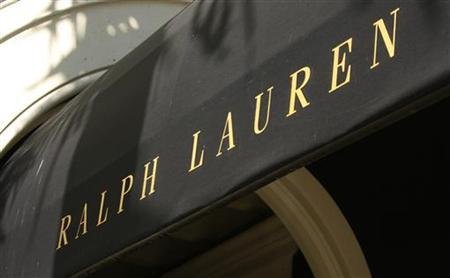Reuters
Jan 14, 2007
Money and memories grow on trees: exhibit
Reuters
Jan 14, 2007
By Julie Mollins
TORONTO, Jan 12 (Reuters Life!) - Contrary to popular belief, money can grow on trees and so can memories, according to the organizers of an exhibition chronicling the use of bark cloth.

For centuries Trobriand Islanders from the South Pacific used the leaves of the banana tree as paper currency.
But the leaf also played a role in making bark cloth which is made from the inner bark of certain tropical trees. Bark cloth is made by pounding the inner bark into thin sheets.
Over the years it has been used to make clothing, purses, even ceremonial wrappings for corpses, earning itself a place in people's memories by featuring in ceremonial events.
When Britain's Queen Elizabeth visited Tonga in the South Pacific in 1953 she was invited to walk on a section of bark-cloth carpet rolled in front of her.
"It's full of symbolic representation," said curator Max Allen of the "Cloth That Grows On Trees" exhibit at the Textile Museum of Canada in Toronto.
The idea of stripping bark from trees to remove the regenerative soft inner layer, making it pliable and soft enough to create a range of wearable products from loincloths to purses, is thought to have first begun in around 4,000 BC in southeastern China.
After the bark is stripped from the tree it can regenerate itself beneath banana leaves wrapped around its trunk.
The practice of stretching and pounding the bark with stone on a wooden anvil to create cloth moved from China to Indonesia to the South Pacific.
During the Second World War a piece of cloth paid tribute to the friendship among Tonga, Britain and the United States with a design depicting the American Eagle, the British lion and the Tongan coat of arms.
Several Hawaiian aloha shirts show how bark-cloth patterns, which are traditionally painted, stenciled or transferred by pigment rubbings, were incorporated into modern day fashion trends.
"It's the primitive version of TV in that it tells the collective story," Allen said of the exhibit, which is on show until April. "It's a communication system."
But the material is also used in contemporary industry with the museum selling some bark cloth products like wallets, purses and pillows made by a cooperative in Uganda.
This year, the German Ministry of Economics and Technology nominated bark cloth for a prestigious design award with the material, known commercially as Barktex and Dekodur, used in interior design as well as upholstery materials, carpets and mobile phone cases.
"These nominations are well deserved because it's so ingenious -- even more important is the sustainability aspect," Allen said.
© Thomson Reuters 2024 All rights reserved.
























